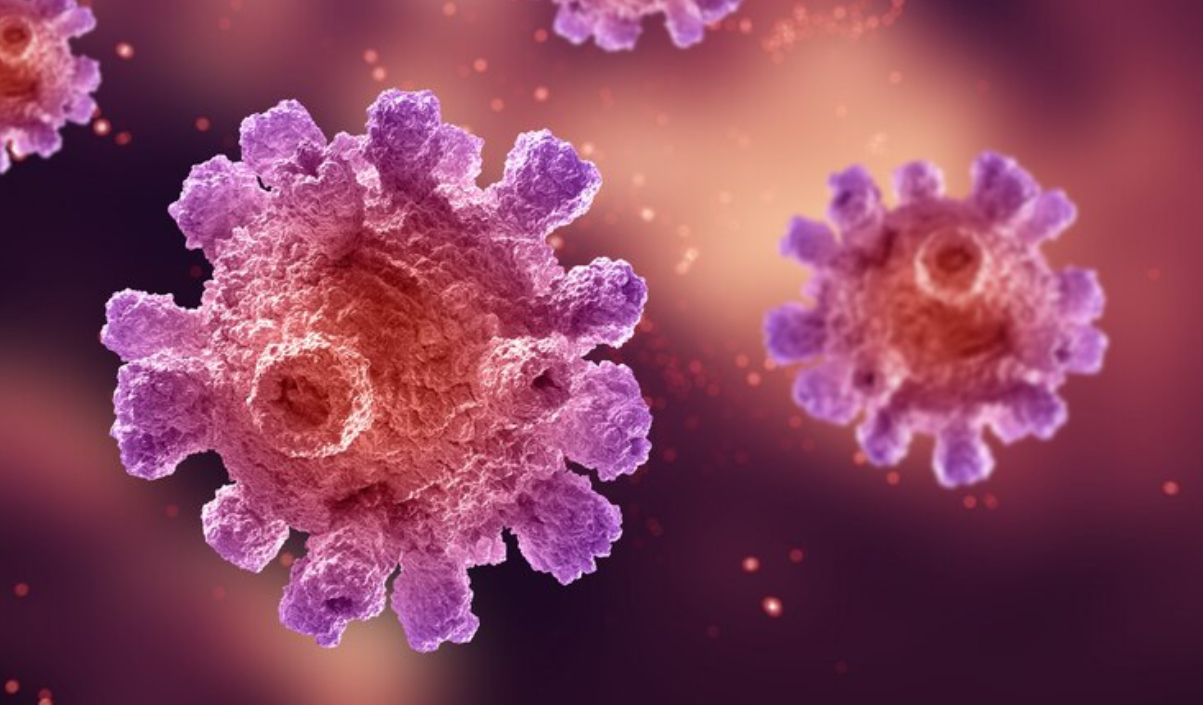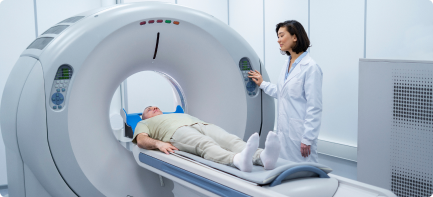Comprehensive Guide to Bone Marrow Transplantation
February 14, 2024, admin
Introduction:
Discover all you need to know about Bone Marrow Transplantation (BMT), a vital procedure for patients facing certain cancers or life-threatening illnesses. Authored and verified by Apollo Doctors, this guide provides insights into the process, conditions that warrant BMT, and crucial FAQs.Understanding Bone Marrow Transplantation:
Overview:
Bone marrow transplant (BMT) is a specialized procedure aiming to replace unhealthy bone marrow with healthy stem cells, crucial for blood cell production. Stem cells are sourced from either the patient or a compatible donor, offering a potential cure for various conditions.What is Bone Marrow?
Bone marrow, located within bones like the hips and breastbone, is responsible for producing essential blood cells – red cells for oxygen transport, white cells for immune defense, and platelets for clotting. Dysfunction in blood cell production can lead to fatigue, infection susceptibility, and bleeding issues.Stem Cell Sources:
Stem cells crucial for BMT can be sourced from various origins, including bone marrow, peripheral blood, and umbilical cord blood. These sources offer diverse options for patients, ensuring effective transplantation and recovery.Conditions Requiring BMT:
BMT addresses both cancerous and non-cancerous conditions, encompassing leukemia, lymphoma, anemia, and genetic disorders like thalassemia. The procedure holds promise for patients facing life-threatening blood-related ailments.The Five Stages of BMT:
BMT involves meticulous stages:- Physical Examination: Assessing recipient health status and compatibility.
- Stem Cell Harvesting: Procuring stem cells from the patient or a compatible donor.
- Conditioning: Preparing the body through chemotherapy or radiation.
- Transplantation: Infusing harvested stem cells into the patient.
- Recovery: Monitoring patient progress post-transplantation, addressing potential complications.
- Key Considerations and Risks: While BMT offers hope, it carries risks such as graft-versus-host disease (GvHD) and susceptibility to infections post-transplantation. Understanding these risks is crucial for patients and caregivers.














Comments
Leave a Reply
Your email address will not be published. Required fields are marked *